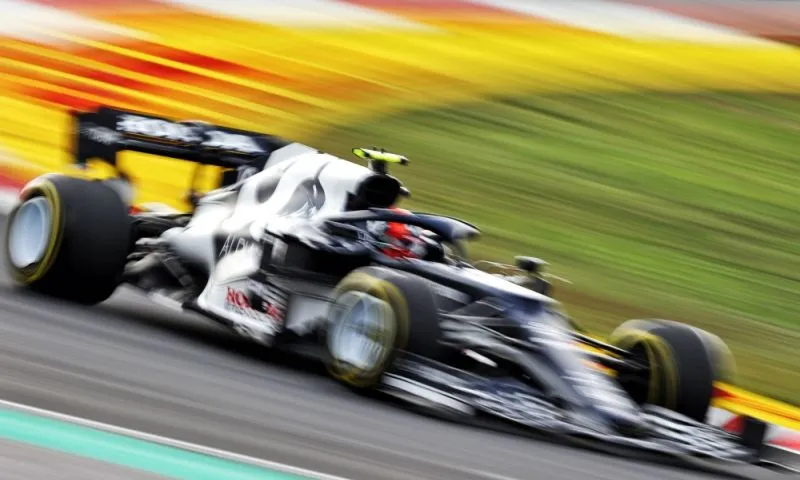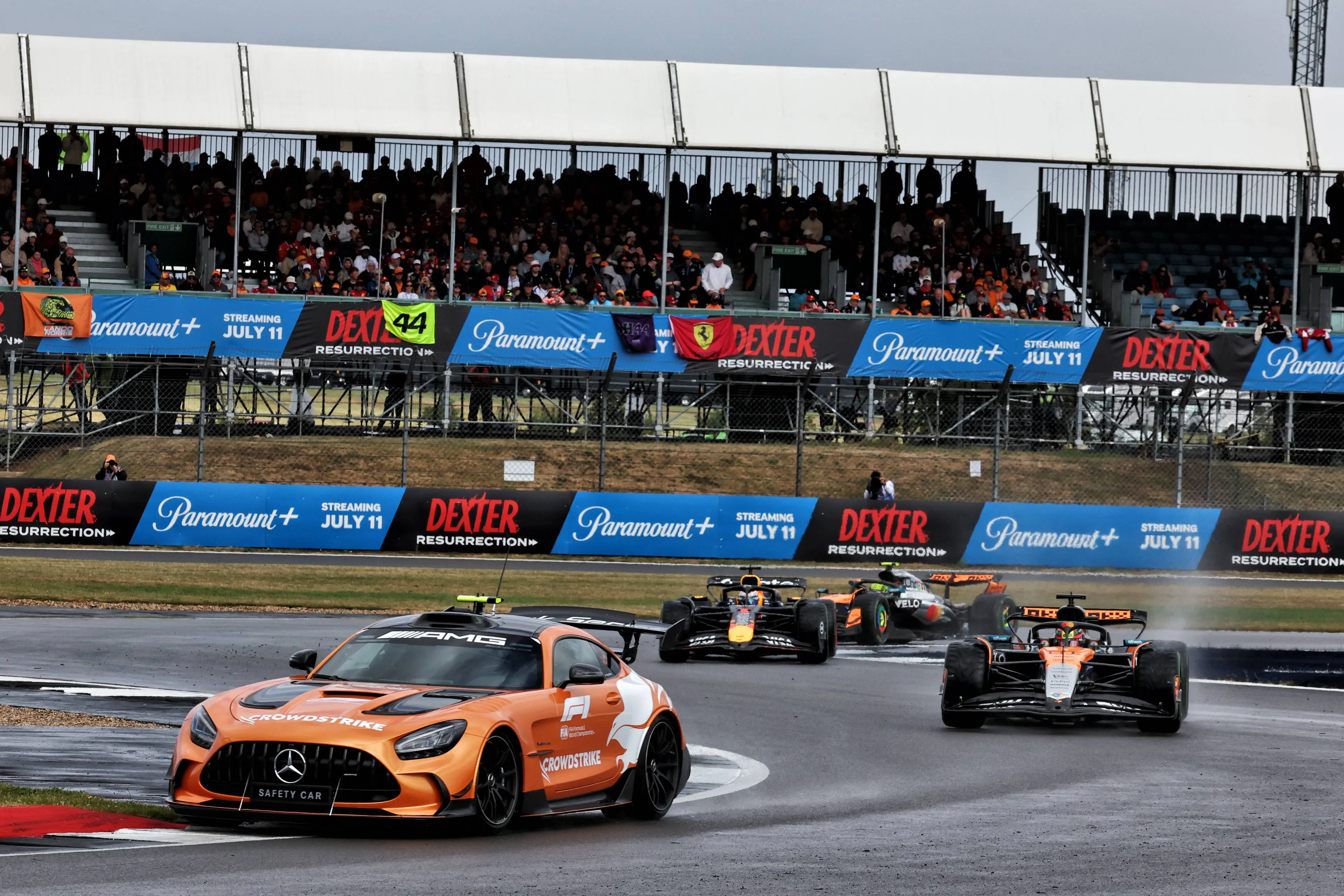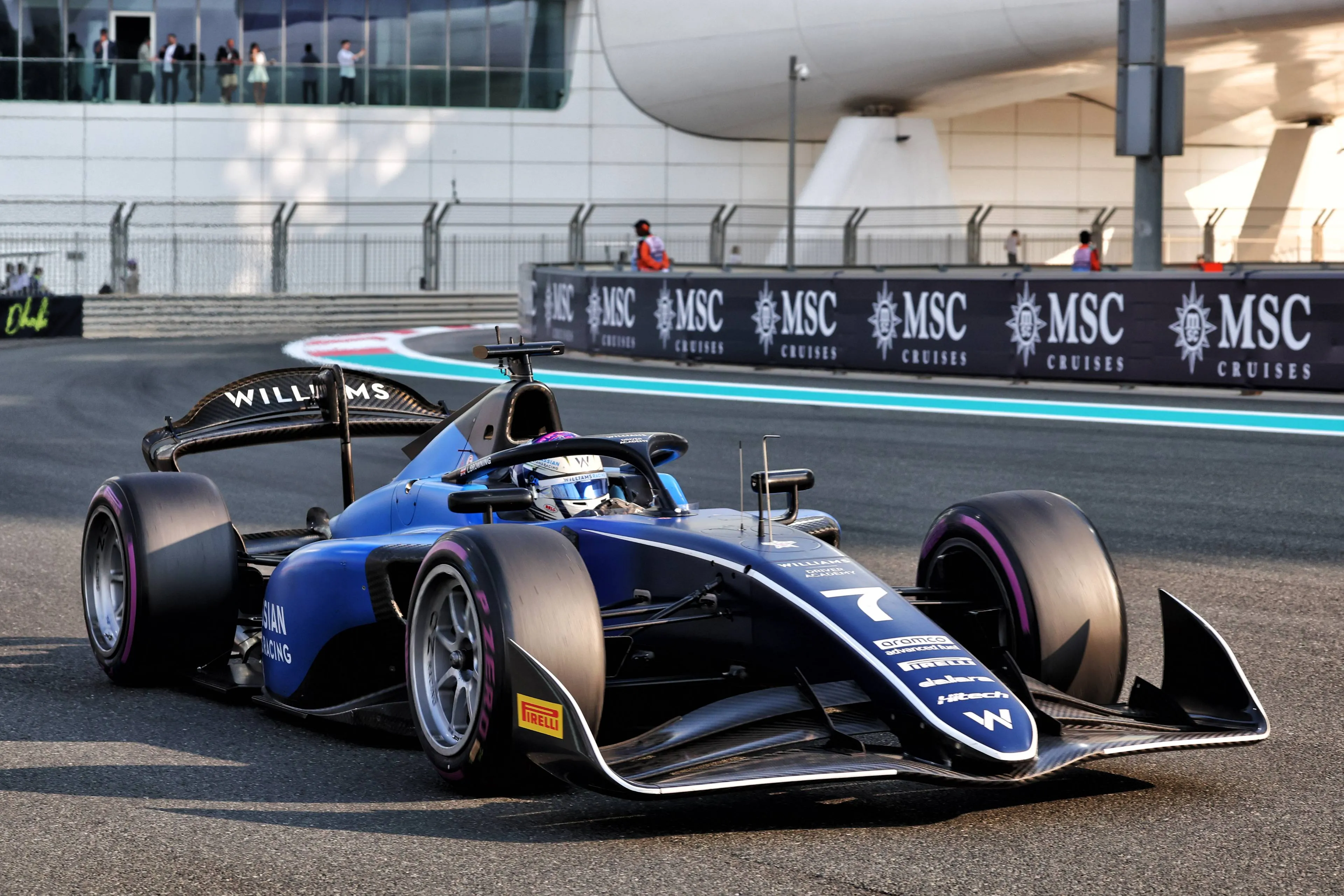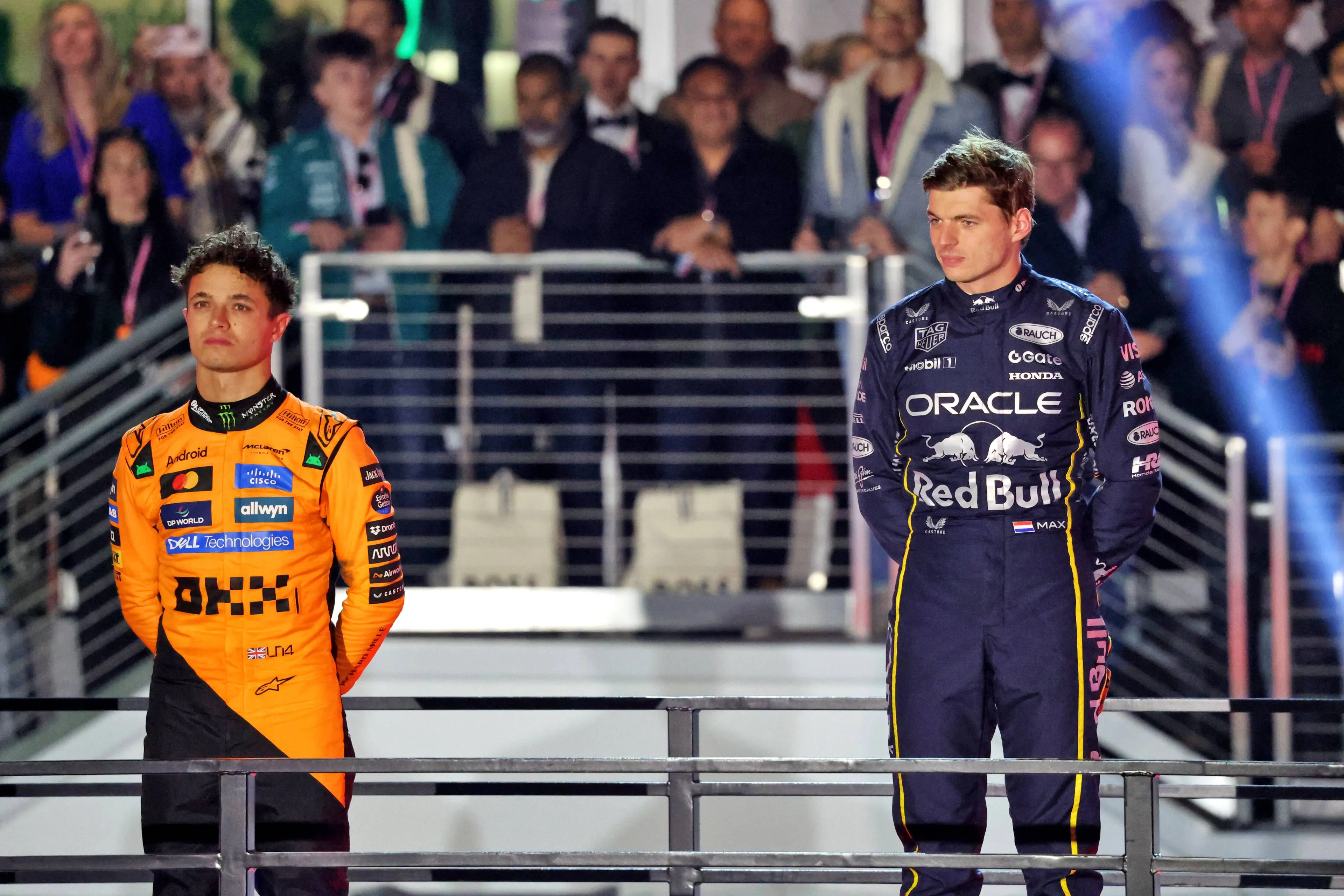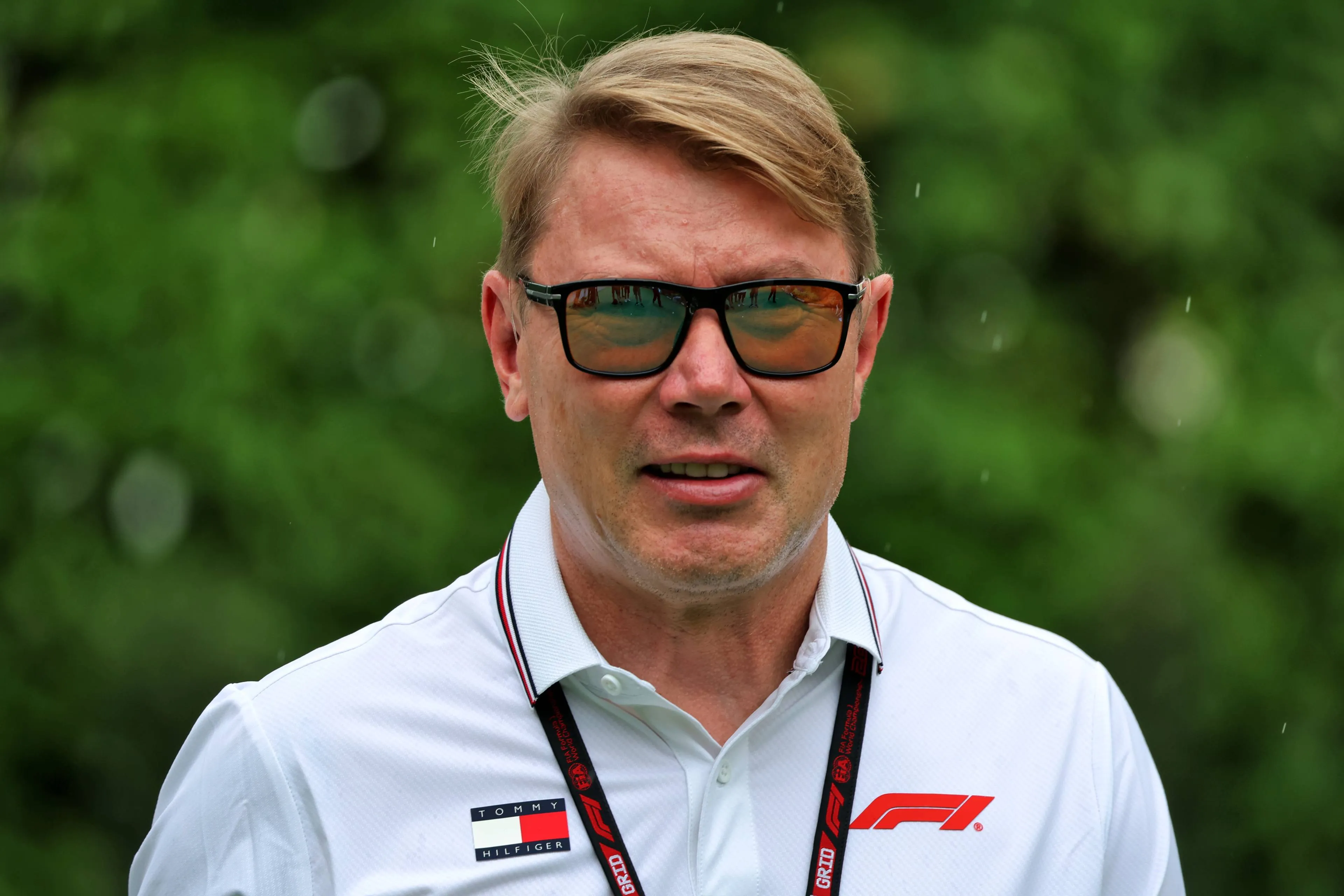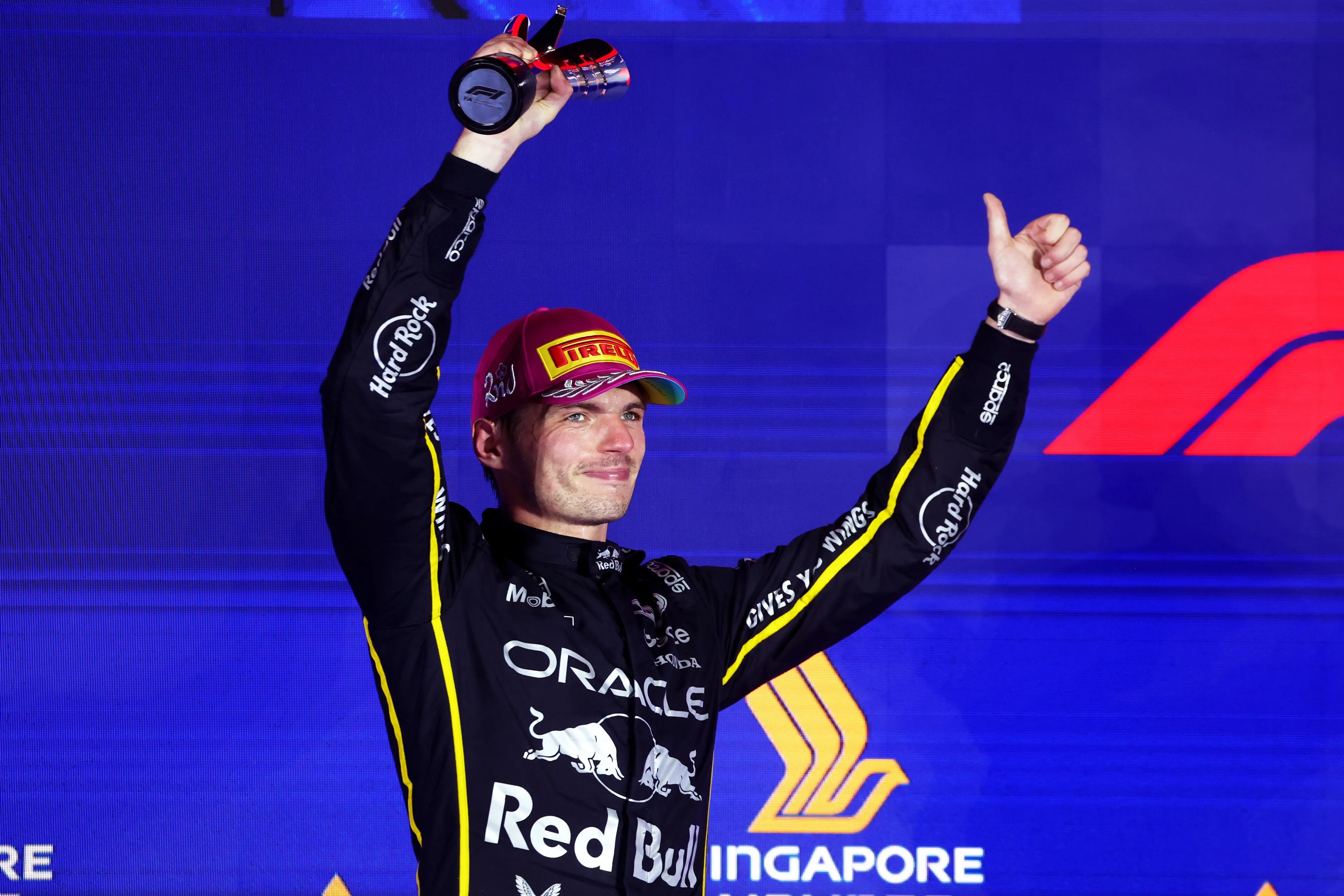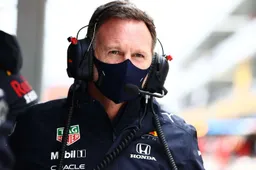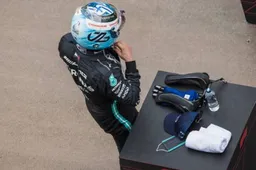AMuS analysis: Which teams made the biggest catch up with Mercedes?
12:36, 20 Oct 2021
3 Comments
Almost all teams made up time on Mercedes this year, Auto Motor und Sport analyses. Only Aston Martin and Haas lost time to the world champion. The biggest leap however was made by one of the midfielders. AlphaTauri, the sister team of Red Bull Racing, made the biggest improvement of all teams.
Red Bull just behind Mercedes
It will not have escaped anyone's attention that the Red Bull is a close match for the Mercedes this season. Although the differences are minimal, Mercedes is still the faster car. However, Max Verstappen's team has been catching up. In 2020 the Red Bull was on average 0,574 seconds slower than Mercedes in qualifying. In 2021, that will be just 0.110 seconds. An improvement of 0.464 seconds. Per kilometre, Red Bull only has to concede 0.009 seconds to Mercedes.
But Red Bull isn't the only team that's come close. Ferrari and McLaren also made a big leap, with Ferrari at 0.545 seconds and McLaren at 0.565 seconds. It's not surprising that both teams are regularly seen on the podium this season. McLaren even won the Grand Prix at Monza with Daniel Ricciardo. Ferrari achieved pole position in Monaco and Azerbaijan.
AlphaTauri the big winner
The biggest catch-up in 2021, however, was made by AlphaTauri. In 2020 the team was still 1.202 seconds behind Mercedes, in 2021 this is only 0.580 seconds. An improvement of no less than 0.622 seconds. Pierre Gasly in particular often shows very nice things in qualifying. AlphaTauri is the fourth fastest team behind Mercedes, Red Bull Racing and Ferrari.
Haas and Aston Martin lose ground
Where there are winners, there are losers. Two teams on the grid lost ground to Mercedes this season. Aston Martin and Haas have to concede more time to the world champion this season. The losses are limited though. Aston Martin lost 0,007 seconds to Mercedes, Haas lost 0,046 seconds.
Read more about:
Popular on GPBlog

1
Norris snubbed by King Charles as F1 champions' tradition broken
4177 times read
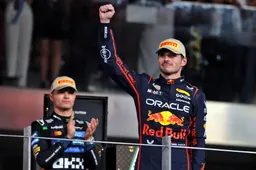
2
Verstappen crowned by fellow drivers despite missing out on title
1773 times read
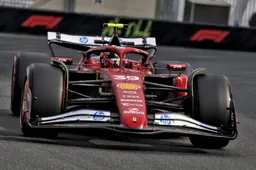
3
Ferrari lobbies and complains, but FIA refuses to budge after Red Bull's trick
1629 times read
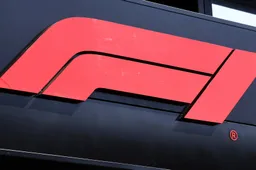
4
F1 driver hit twice by Safety Car, was 'denied treatmeant unless he paid'
828 times read
Loading
